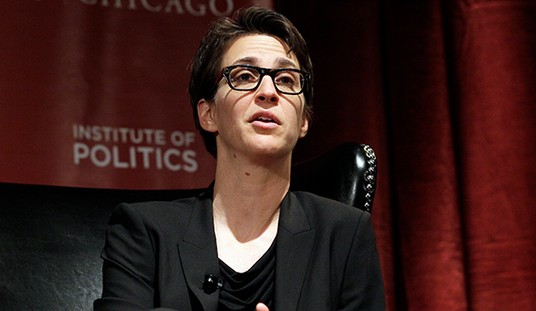This is a subject we’ve been tackling here for a while now. With the advent of Uber, Lyft and other gig-economy outfits, a lot of pressure has been put on taxi drivers that don’t deliver a similar quality of service. Part of the resulting economic distress has come from a simple lack of customers, but the problem runs deeper than that. Under the traditional, corrupt system of taxi “medallions,” the municipal government has been able to regulate how many people are able to attempt to earn a living by offering rides. In exchange, they had to pay an increasing amount of money for one of these medallions. The government effectively created an artificial market for a product with zero real-world value because they controlled the scarcity of it.
The situation quickly grew out of control, with the cost of medallions ballooning past a million dollars. This left the drivers (or their employers) in deep financial holes. When the gig economy arrived, the value of the medallions plummeted, resulting in some drivers being so financially ruined that they took their own lives. But whose fault was it really? The New York Times has published a deep dive on this phenomenon showing how the greed of the government destroyed the livelihood of these drivers while profiting handsomely. (The linked article is part two of a series. Read part one of the Times’ report about “reckless loans” and the damage to taxi drivers here.)
Despite years of warning signs, at least seven government agencies did little to stop the collapse, The New York Times found.
Instead, eager to profit off medallions or blinded by the taxi industry’s political connections, the agencies that were supposed to police the industry helped a small group of bankers and brokers to reshape it into their own moneymaking machine, according to internal records and interviews with more than 50 former government employees.
For more than a decade, the agencies reduced oversight of the taxi trade, exempted it from regulations, subsidized its operations and promoted its practices, records and interviews showed.
Their actions turned one of the best-known symbols of New York — its signature yellow cabs — into a financial trap for thousands of immigrant drivers. More than 950 have filed for bankruptcy, according to a Times analysis of court records, and many more struggle to stay afloat.
While the Times at least highlights the fact that questionable banking practices played into the challenges the drivers face, the story goes deeper than that. Once it became established that you had to have a medallion to drive and that the medallions were suddenly worth massive amounts of money (for no reason other than government dictate), a market was created. The government had a vested interest in keeping the cost of the medallions as high as possible, even though they had no actual value, so it was a virtually recession-proof scheme. A cottage industry of credit unions cropped up, catering almost exclusively to the drivers and allowing them to take out massive loans against the value of the medallions.
Then Uber and Lyft came to town and the value of the medallions plunged. But nobody was about to let the drivers off the hook and the credit unions still wanted their pound of flesh. That brings us where we are today.
So who was it that buried the cab drivers financially? Uber and Lyft, the credit unions, or the municipal government that constructed this rolling scheme in the first place? We report, you decide.








Join the conversation as a VIP Member